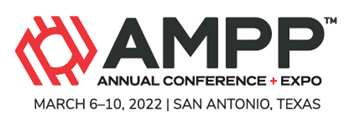Search
Converting Hydroprocessing Equipment To Produce Renewable Diesel From Soybean And Corn Oil: Corrosion And Materials Considerations
Also Purchased
Biofuels: Lining Systems for a Diverse Array of Sustainably Derived Feedstocks
Product Number:
51323-19061-SG
Publication Date:
2023
$20.00
Continuous Corrosion Monitoring In HF Alkylation Units Including The Effects Of Iron Fluoride Scale Build-Up
Product Number:
51322-17489-SG
Publication Date:
2022
$20.00
Correlating Qualitative Surface Profile Assessment Methods To Quantitative Methodology On Prepared Concrete
Product Number:
51322-17606-SG
Publication Date:
2022
$20.00




